Essential Summer Safety Tips to Prevent Heat Stroke in Pets
When the summer heat reaches its peak, our pets are at a greater risk of heat stroke, a life-threatening condition that requires immediate attention. Unlike humans, who can regulate their body temperature through sweating, dogs and cats have limited cooling mechanisms, making them more vulnerable to overheating.
At Peak City Veterinary Hospital, we are committed to educating pet owners on heat stroke prevention and providing emergency care when needed. In this guide, we’ll explore the causes of heat stroke, prevention strategies, first aid measures, and professional care to keep your pets safe and comfortable all summer long.
Understanding Heat Stroke in Pets
Heat stroke occurs when a pet’s body temperature rises above 104°F (40°C), causing their internal cooling system to fail. Without intervention, this can lead to organ damage, seizures, and even death. How Can I Prevent Heatstroke In My Pet? offers additional guidelines for managing your pets’ activities during hot weather.
Why Are Pets at Risk?
- Limited Sweat Glands: Unlike humans, pets don’t sweat Dogs cool off by panting, and cats groom themselves to dissipate heat.
- Thick Fur Coats: While fur provides insulation in winter, it can trap heat in summer, making it harder for pets to cool down.
- Hot Pavement & Overheating: Walking on hot pavement can burn paw pads and raise overall body temperature.
Breeds Most at Risk
Some pets are more prone to heat-related illnesses, especially brachycephalic (flat-faced) breeds like:
Dogs: Bulldogs, Pugs, Boxers, Shih Tzus
Cats: Persian, Himalayan, Exotic Shorthair
These breeds struggle with airflow, making it difficult for them to pant effectively. Extra precautions should be taken to prevent overheating in these pets.
For more insights, Brachycephalic Research Shows Body Condition Is Key to Thermoregulation – Purina Pro Club is a useful resource.
Recognizing Heat Stroke: Symptoms to Watch For
Early Signs of Heat Stroke
- Excessive panting or drooling
- Lethargy or weakness
- Uncoordinated movement or wobbling
- Red gums and tongue
- Elevated heart rate
Severe Symptoms (Require Immediate Vet Care)
- Vomiting or diarrhea
- Seizures or collapse
- Confusion or disorientation
- Loss of consciousness
If your pet shows any of these symptoms, take immediate action and contact our emergency team.
How to Prevent Heat Stroke in Pets
Hydration is Critical
Keeping your pet well-hydrated is the best way to help them regulate body temperature.
- Provide fresh, clean water at all times.
- Use multiple water bowls inside and outside.
- Add ice cubes or chilled broth to encourage drinking.
- Offer pet-safe frozen treats for cooling relief.
Create a Cool Environment
- Keep pets in shaded areas when outdoors.
- Use cooling mats, pet-safe fans, or air conditioning indoors.
- Provide elevated beds to allow air circulation.
Modify Exercise Routines
- Walk pets early in the morning or late in the evening to avoid peak heat.
- Avoid strenuous activities on hot pavement (If the pavement is too hot for your hand, it’s too hot for your pet’s paws!).
- Plan activities near shaded areas or water sources.
Never Leave Pets in Hot Cars
- A car can heat up to 120°F (49°C) in minutes, even with the windows cracked!
- Leaving pets inside a hot car can cause fatal heat stroke in under 10 minutes.
If you see an animal locked in a hot car, alert authorities immediately!
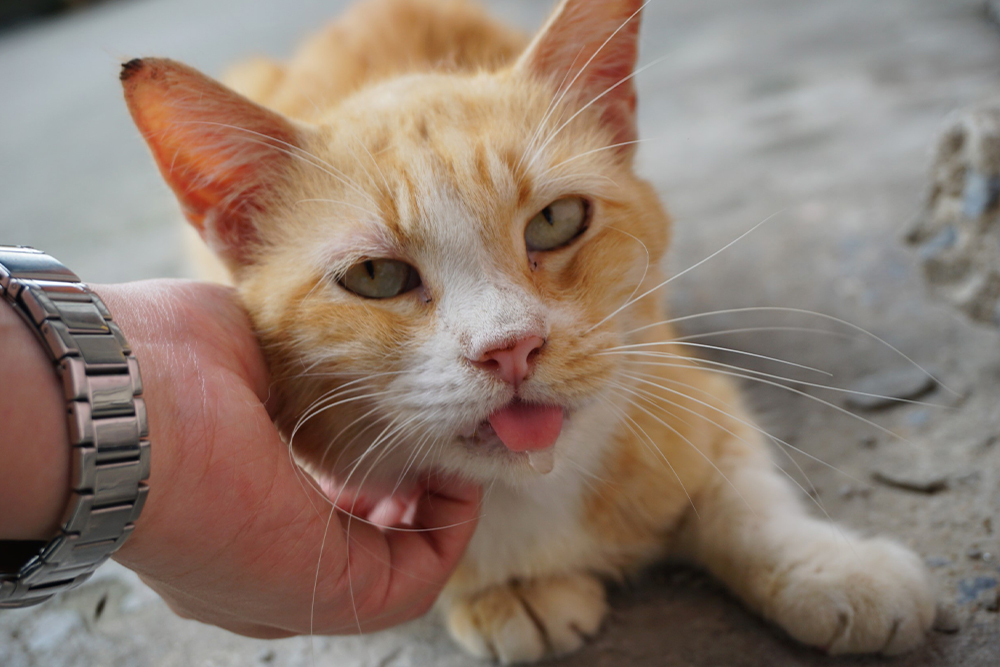
What to Do If Your Pet Has Heat Stroke
If you suspect heat stroke, act quickly!
Immediate First Aid Steps
- Move your pet to a cool, shaded area.
- Apply cool (not cold) water to their belly, neck, and paws.
- Use a fan or air conditioning to help lower body temperature.
- Offer small amounts of water but don’t force drinking.
- Seek veterinary care immediately.
DO NOT use ice water or submerge your pet—this can cause shock!
Long-Term Health Concerns After Heat Stroke
Even if your pet appears to recover, heat stroke can cause hidden damage to vital organs, such as:
- Kidneys – Risk of renal failure.
- Liver – Increased toxicity and inflammation.
- Brain – Potential for seizures or long-term neurological damage.
At Peak City Veterinary Hospital, we conduct follow-up exams, blood tests, and organ function monitoring to ensure complete recovery.
Special Summer Considerations for Different Pets
Dogs
- Provide plenty of water and take cool-down breaks during outdoor activities.
- Carry a portable water bowl on walks or trips.
- Beyond the Basics: Heat Safety Tips for Pet Owners provides more in-depth tips.
Cats
- Keep indoor cats cool with fans or shaded napping spots.
- Outdoor cats should have access to shaded areas and plenty of water.
- Cool Cats: Summer Safety Tips for Outdoor Cats offers additional advice.
Small Mammals & Exotic Pets
- Rabbits, guinea pigs, and reptiles are highly sensitive to heat.
- Keep enclosures cool and well-ventilated.
- Provide frozen water bottles wrapped in a towel for small mammals to lean on.
Professional Veterinary Care for Heat Stroke
At Peak City Veterinary Hospital, we provide:
- Emergency heat stroke treatment – IV fluids, oxygen therapy, and monitoring.
- Preventative health plans to keep pets safe year-round.
- Nutritional and lifestyle guidance to support long-term well-being.
Our team is dedicated to protecting your pet’s health! Schedule a wellness exam today.
FAQs: Your Heat Stroke Questions Answered
Q: How can I tell if my pet is dehydrated?
A: Look for dry gums, sunken eyes, lethargy, and poor skin elasticity. Gently pinch your pet’s skin—if it doesn’t snap back quickly, dehydration may be present.
Q: Is heat stroke an emergency?
A: Yes! Without quick action, heat stroke can cause organ failure or death. If your pet is showing symptoms, seek emergency care immediately.
Q: Can I shave my pet to keep them cool?
A: Shaving a pet’s coat may increase sunburn risk rather than cooling them down. Consult your vet before making grooming decisions.
Final Thoughts: Keeping Pets Cool & Safe This Summer
Heat stroke is preventable with awareness, preparation, and quick action. Keep your pets hydrated, cool, and out of extreme heat to ensure they stay happy and healthy.
Concerned about summer heat risks? Contact Peak City Veterinary Hospital for expert guidance and emergency care.
Stay cool, stay safe, and enjoy a sun-safe summer with your pets!


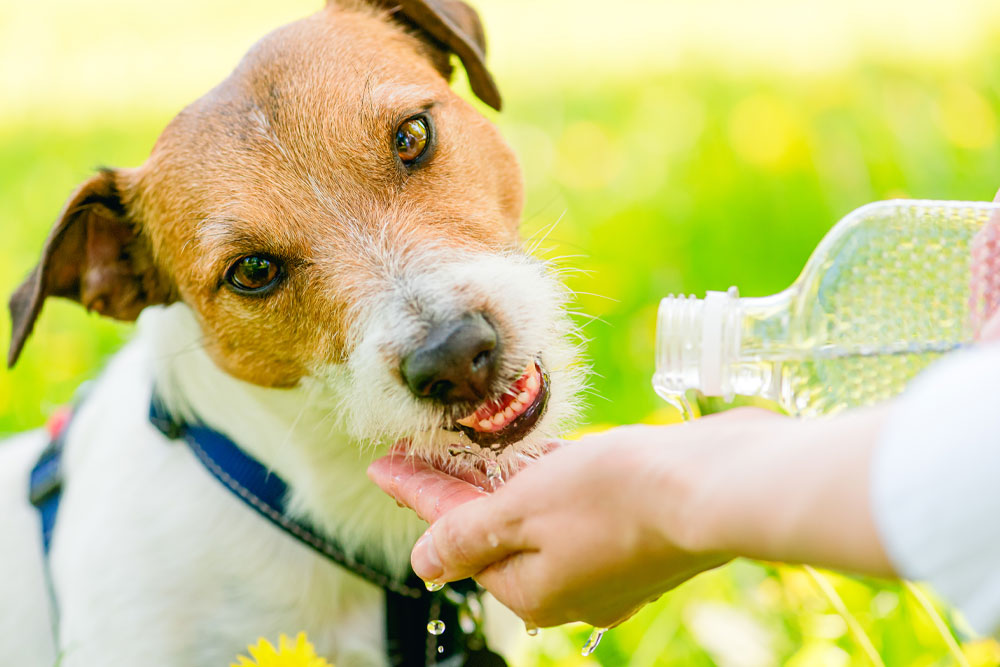
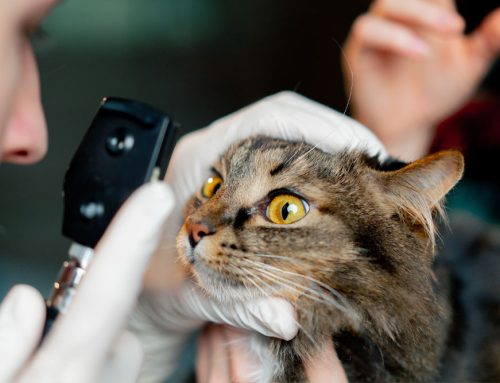

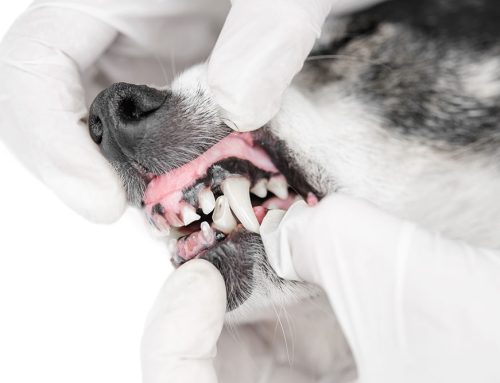
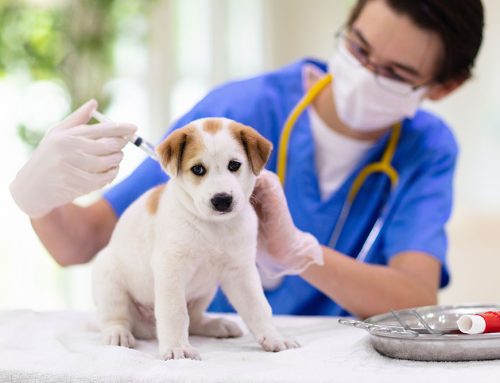


Leave A Comment